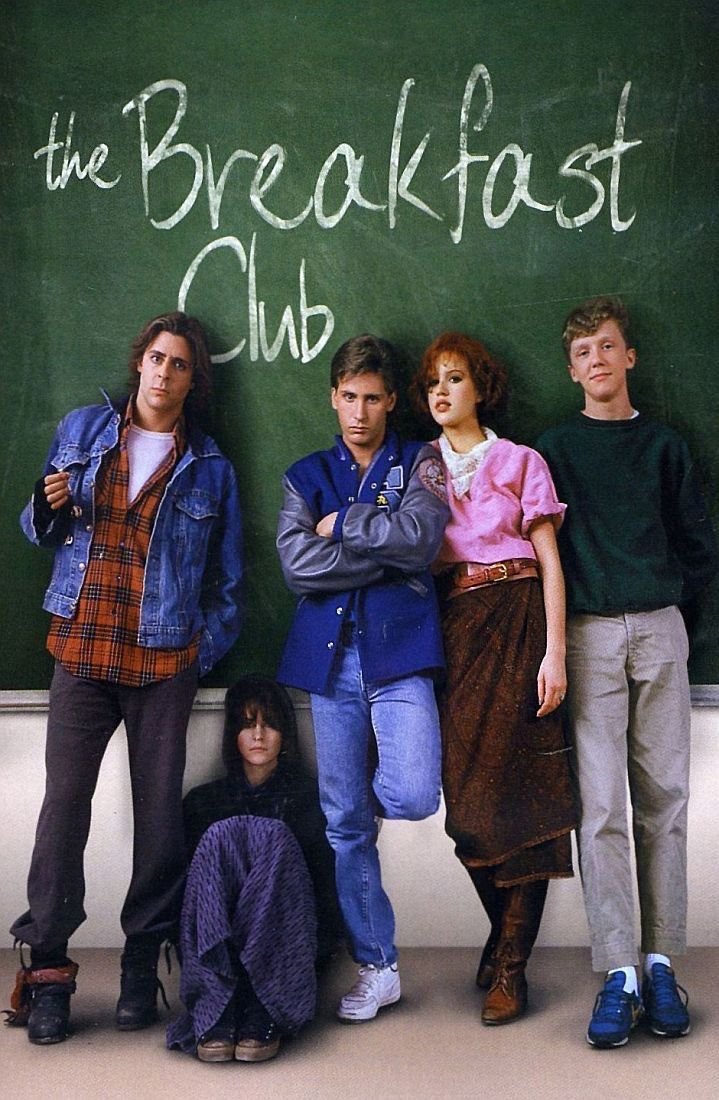Creating Spaces That Transcend Belonging
Image by Magnascan
Beyond Belonging…
What lies in the space beyond belonging? I have deeply pondered this question for a very long time, maybe my whole life. Until recently, I couldn’t find a word that encompassed what I (and many others) have been seeking—that place or state that lies “beyond belonging.”
I have now come to understand what we’ve been looking for—togetherness. Togetherness is defined as the state or pleasant feeling of closeness and happiness of being united with other people in family, friendship or understanding.
The Spectrum of Adaptiveness – From Assimilation to Belonging to Togetherness
Assimilation requires a high degree of adaptiveness. There is direct pressure to change one’s attitudes, behaviors, and cultural norms to fit into a group or environment. There may even be hostility toward those who differ.
Actor Patrick Stewart as Locutus of Borg, the assimilated Jean-Luc Picard
I always think of the Borg from Star Trek and their ominous catchphrase, "You will be assimilated.” You essentially must become someone else to fit in.
While belonging feels like a much better alternative to assimilation in my opinion, it is still limited by the group one belongs to. Belonging creates indirect pressure to adapt to the group’s social norms, behavior, and structure. Differences and uniqueness are welcome only to the extent that they blend into and complement the group’s established behavior, patterns, culture, etc. Politely asking or trying to control or steer people towards acceptable social norms plays a part in belonging. Also, if you’ve ever been a part of more than one distinct group at the same time, you have likely felt some degree of internal / external tension, misunderstanding, limitation, or unacceptance. These are common experiences among bridge builders.
At the other end of the spectrum, togetherness offers a come as you are / all are welcome attitude. Social norms and behaviors are shared and modeled, and individual uniqueness is celebrated. It is this quality that gives the space or group its value. People change…or not…when they are ready…and that’s perfectly acceptable. People will self-select to be part of the group. Togetherness is what I’ve been searching for; it’s the space where I feel most at home.
Image by congerdesign
The Current Challenges of Belonging
A recent New York Times article discussed belonging and its challenges as the latest trend in the fast-evolving world of corporate diversity, equity and inclusion (DEI) programming. In the wake of the pandemic and George Floyd’s 2020 murder, some companies are amending their inclusivity approaches to include belonging, even renaming departments to DEI-B. Here are some interesting highlights:
Stephanie Creary, assistant professor of management at the Wharton School studying corporate strategies for D&I, is concerned that by creating new terms like “belonging,” companies can avoid tough conversations about power as it “gives cover to people who would rather maintain the status quo.”
Although the “bring your whole self to work” movement emerged before the pandemic, it became a mantra at its height as companies tried to quell giant waves of resignations and widespread feelings of workplace exclusion. What happens when people’s whole selves don’t fit with the whole selves of their colleagues? To this point, Jonathan Haidt, a social psychologist and professor at the Stern School of Business at NYU, shares that many managers are now dealing with “constant conflict over people’s identities.”
“According to a 2022 report by the think tank Coqual, roughly half of Black and Asian professionals with a bachelor’s or more advanced degree don’t feel a sense of belonging at work.”
Irshad Manji, founder of the consultancy Moral Courage College and its Diversity without Division™ program, says an “almost offensive focus on group labels” is a big problem with mainstream DEI efforts as “it all but compels people to stereotype each other.”
Belonging Is Contextual
My experience with belonging has often come with a caveat—you can be in our group if you bring the parts of yourself that fit within that group’s norm or identity. If you challenge the status quo too much or your narrative is too different, then you'll find yourself on the edge of the group or even outside it. You may have experienced this when you left a company where you felt you had close relationships with your co-workers but now that you’re no longer part of that organization, those connections have changed or evaporated.
As a kid growing up, I didn't really feel like I belonged to any one group. Instead, I was friends with people from different groups—the skateboarders, comic book lovers, soccer players, video gamers, “brainiacs”, etc.—which enriched me by introducing me to things I never would have been exposed to otherwise including musical genres, food gems and cultural perspectives. In some ways, it also led me to becoming my own group. Even at this young age, I had an interest and an ability to find common threads between people and bring them together. Being a “bridge between the bubbles” or creating a positive and accepting space for those on a group’s fringe came naturally to me.
The Breakfast Club, the iconic 1985 film by John Hughes, still offers a powerful and timeless message: when you don’t judge others by outer appearances and other stereotypes, you will inevitably discover that you are more similar than you are different.
My daughter also recently wrote a college essay on the meaning and challenges of personal and group identity when you are multiracial and multicultural. It’s not easy to explain yourself and find a sense of belonging when you are all those things, none of those things, and something beyond those things. Just like me, my daughter is seeking what lies beyond belonging.
Togetherness Transcends Belonging
For me, togetherness is far more powerful than belonging as it transcends the boundaries of groups, organizations, culture, traditions, and beliefs. Togetherness facilitates deep connections with one or more people that are independent of the group itself. An authentic bonding takes place when we share common and deeply moving experiences—ranging from simply beautiful like enjoying an extraordinary sunset among strangers to unimaginably tragic like illness or the loss of a friend or family member.
Togetherness creates closeness and intimacy along with a heartfelt happiness that naturally emerges from inside. Within this space, we are just fellow human beings—connecting, witnessing, and being truly seen. We realize our sameness through finding togetherness. This is why I am passionate about creating transformational spaces that lie beyond belonging and helping people and groups to experience and build genuine togetherness. Let’s connect.




